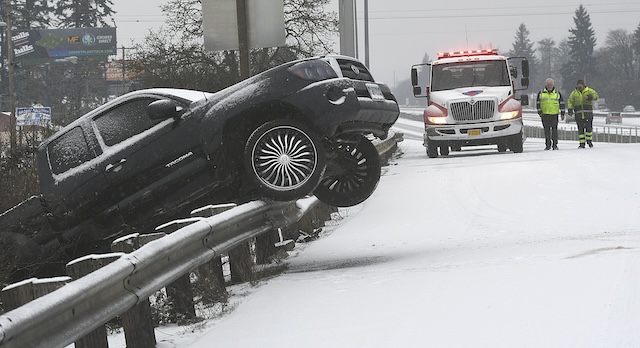Who belongs to Snoqualmie Tribe?
Published 4:00 am Thursday, January 10, 2013
SEATTLE — He traveled with a notebook in his pocket, on an urgent mission.
All over Western Washington, for two years beginning in late 1916, Indian agent Charles Roblin sought out homeless, landless Indians, left behind and hiding out during the treaty-making era, who had never received the benefits promised in return for the loss of their land: a school for their children, tools for farming, money.
On sandbars in the rivers in northern Puget Sound, he found Sauk Indians chased out of communal gardens that had sustained them for generations, run out of the forests where loggers didn’t want them, and burned out of villages where fishermen didn’t want them, either. He traveled to Tolt, where Snoqualmies had lost their livelihood when the hop ranches were destroyed by aphids.
Bloodlines
Roblin took down their names and family history, and recorded their enrollment in tribes according to their bloodline, so they could secure the benefits they had been promised under the treaties.
Those records are called Charles Roblin’s Schedule of Unenrolled Indians, dated Jan. 1, 1919, or Roblin Rolls for short. In those records Roblin used a red pen to denote families that did not qualify to be enrolled at Snoqualmie, because they were already enrolled in other tribes.
But the red ink was undetectable in the black-and-white copies and microfilmed records that made it to Northwest archives, and at least three major families called out in the Roblin Rolls nonetheless claim Snoqualmie ancestry today.
Seattle anthropologist Jay Miller discovered that secret as he combed through the original Roblin Rolls — organized in a rainbow of colored papers and folders, and notated in colored inks — to help resolve an ongoing tribal enrollment dispute under a contract signed by Snoqualmie tribal secretary Nina Repin.
Miller’s research indicates that Shelley Burch, chairwoman of the tribal council, several other council members, and some tribal members claiming hereditary chief status are descended from families nixed by Roblin in red ink. The mismatch with the original record shows that contemporary records used to claim membership today are unreliable, Miller said. “Most records after 1920 are inaccurate, messed up, corrupted or intentionally falsified,” Miller said.
Some question the reliability even of the Roblin Rolls, because tribal members were self-identifying their lineage; the oral history they related could have been embroidered, and other complications defeat a perfectly square-cornered foundation.
Gold standard
Nonetheless, the Roblin Rolls preserved at the National Archives are used by many as a gold standard against which to affirm family trees and tribal enrollment claimed by Indian people today all over Puget Sound.
At stake at Snoqualmie is not only identity and the right to vote and hold office, but money. The tribe’s casino just outside Seattle is pulling in more than $200 million a year by one estimate. The tribe is mulling an expansion that could boost revenue even more, for a tribe numbering only about 650 members — according to current membership records. But that number could get a lot smaller, or bigger, depending on how the tribe resolves its membership dispute.
Tribes decide for themselves who is a member under their constitution. It is not unusual for tribal members to be of mixed Indian blood, but they may enroll in only one tribe at once, and must meet the qualifications determined by that tribe to enjoy benefits including the right to run for office and vote in elections.
The Snoqualmie tribe was recognized by the Department of Interior in 1999. Its first job as a tribe was to produce a base membership roll verified under the terms of its constitution, which says that to vote or hold office at Snoqualmie, members must have an ancestor on the original Roblin Rolls, and today possess at least 1/8 degree of Snoqualmie blood.
But the tribe never produced a base roll that it certified on those two fronts. And it has been fighting about who is qualified to be a voting member of the tribe per its constitution ever since.
Burch did not return phone calls for this story, but in an earlier email to The Seattle Times, she acknowledged the 2004 roll the tribe provided to the Bureau of Indian Affairs did not include the blood quantum verification required by the tribe’s constitution.
The tribe is seeking to expand the casino with a 350-room hotel tower and 600 more slot machines, for a total of 1,700 machines in all. One estimate shows that could pump up total revenue for the tribe’s casino property to nearly $300 million a year, including $230 million in gambling revenue. That would be a big jump from 2012, with $189 million in gambling revenue and $40 million from the casino’s restaurants and other facilities.
“Somebody has to respect the documents. What I am doing is warning everybody who works in Puget Sound that this is a mess, and it has gotten to be a mess because of all the millions of dollars involved,” Miller said.








